Between 1910 and 1917, North Omaha was home to the Omaha Auto Speedway, a raucous racetrack for racers who wanted to have a great time. Packed with famous drivers and fans from throughout the surrounding region, it should be no surprise that it was a smash while it lasted. It all came to a fast end when the U.S. entered World War I.
The Early History of Racing in Omaha

North Omaha had hosted the city’s racing fanatics since the days of horse buggies whipping around an oval track in the 1870s. It was during that decade that the Omaha Driving Association was founded, and opened the Omaha Driving Park at North 16th and Commercial Avenue. Over the years, that park expanded and contracted, hosting races and growing feral in equal turns.
After the 1898 Trans-Mississippi and International Exposition used the Omaha Driving Park for Buffalo Bill’s Wild West shows, the track was overgrown. However, in 1910 it was cleaned up again and hosted racing for a few years, including a velodrome and a wooden track. However, it wasn’t enough.
In 1910, the city’s racing elite formed a new enterprise to host the country’s most famous car racers. That year, the Omaha Auto Speedway opened in the area then referred to as East Omaha, and now called Carter Lake, Iowa. It was along Redick Drive from North 7th Street would be to North 13th Street. There were no homes and only dirt roads there, and the track was only accessible by North 9th Street.
Building the Track

The Omaha Auto Speedway was also called the Carter Lake Raceway and the East Omaha Racetrack. Reachable by car and streetcar, the track was a short distance from the 16th and Locust commercial district, where the streetcar line ended in that period. The developers of the Omaha Auto Speedway were excellent hype men. Era newspapers described the speedway like it was a Mecca for all things racing. The first construction was led by Omaha builder Fred Petersen, who built the Omaha Auto Speedway using locally-made Stroud machines.
The track was 1.25 miles long. It was described as being made of 2x4s turned on edge, “smooth and perfectly set.” It had a concrete base, and was pitched at 10 degrees across the entire thing, with 42 degree angles on the corners. Drivers could keep throttles open the entire length, and the speed was massively faster than flat tracks. With the wooden slot track, there was no mud, dirt or dust either. The promoters hyped the short 1.25 miles track as ideal for viewers, too.
The grandstand was almost 1,500 feet long and built to seat 3,000 people. The grandstand had 200 box seats along the track’s edge, offering 1,600 people the chance to see the race up close. Every other seat was “guaranteed an unobstructed view,” and the promoters proclaimed that, “any seat in the grandstand is choice.”
Everyone else stood in the infield or along the edges of the track.
Going to the Races

The first races at the Omaha Auto Speedway happened in July 1915. A two-day event drew thousands of people and filled the grandstands immediately.
Promoters anticipated the first race of the 1915 season as having 75,000 attendees and promoted it as a massive event. Apparently, their anticipation wasn’t disappointing. Racers were showoffs and daredevils, banking turns at 45 degree angles and taking the entire track at full speed. Drivers came from across the United States on a national circuit, including Ralph DePalma, the winner of the 1915 Indianapolis 500. Future WWI and WWII flying ace Eddie Rickenbacker raced at the Speedway for the opening race in July 1915.
Closing the Track

After successful races from 1910 through 1917, the 1918 race season simply didn’t happen. Almost all of the racers headed off to fight in World War I, and there just weren’t drivers anymore.
Several of the best drivers of the era were killed in the Great War. Those who did come home didn’t find a track waiting for them in Omaha, and the Omaha Auto Speedway was closed.
The legacy of the track was obvious in the Sunset Speedway though, which operated in Omaha for more than 70 years afterward.
Today, there is no sign the track ever existed.
You Might Like…
- A History of the Omaha Driving Park in North Omaha
- A History of Streets in North Omaha
- History of the North Freeway in Omaha
MY ARTICLES ABOUT THE HISTORY OF EAST OMAHA
SEE ALSO: East Omaha History Tour
AREAS: Town of East Omaha | Carter Lake | Winspear Triangle | North Omaha Bottoms | Sherman | Sulphur Springs | Edgewood Park | Bungalow City | Squatter’s Row | Lakewood Gardens | East Omaha Factory District
BUSINESSES: East Omaha Truck Farms | Carter White Lead Company | Nite Hawkes Cafe | Railroads
CARTER LAKE, IOWA: Courtland Beach | Omaha Rod and Gun Club | Carter Lake Club | Sand Point Beach and Lakeview Amusement Park | Omaha Auto Speedway
CARTER LAKE PARK: Municipal Beach | Bungalow City | Pleasure Pier and Kiddieland
PEOPLE: Selina Carter Cornish | Levi Carter | Granny Weatherford
TRANSPORTATION: Ames Avenue Bridge | Eppley Airfield | 16th and Locust Streets | JJ Pershing Drive | North 16th Street | Pulitzer Airfield | Locust Street Viaduct
SCHOOLS: Beechwood School | Pershing School | Sherman School | St. Therese Catholic School
OTHER: The Burning Lady | CCC Camp | St. Therese Catholic Church | 1898 Trans-Mississippi Exposition
Listen to our podcast “A History of East Omaha” online now!
Bonus Pics!

This is a great documentary about board track motorcycle racing in the U.S., showing what the races at the Omaha Driving Park would have looked like in the 1910s.


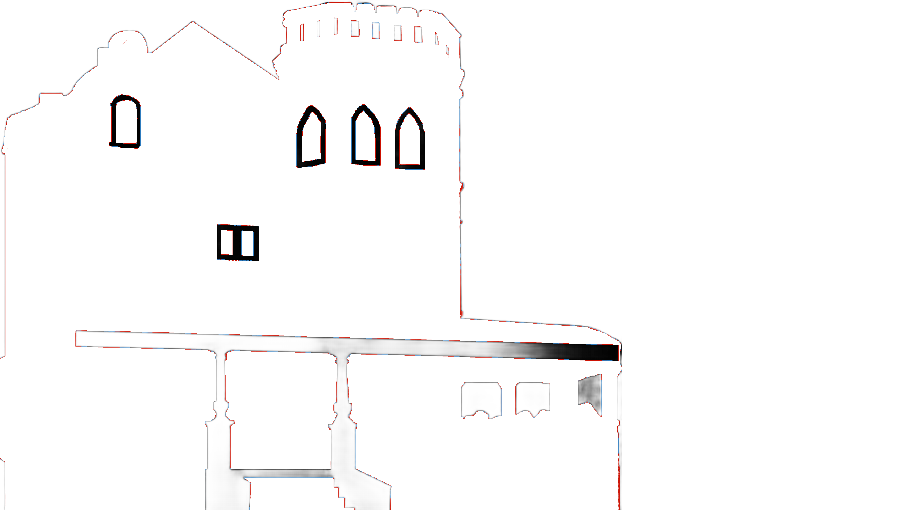
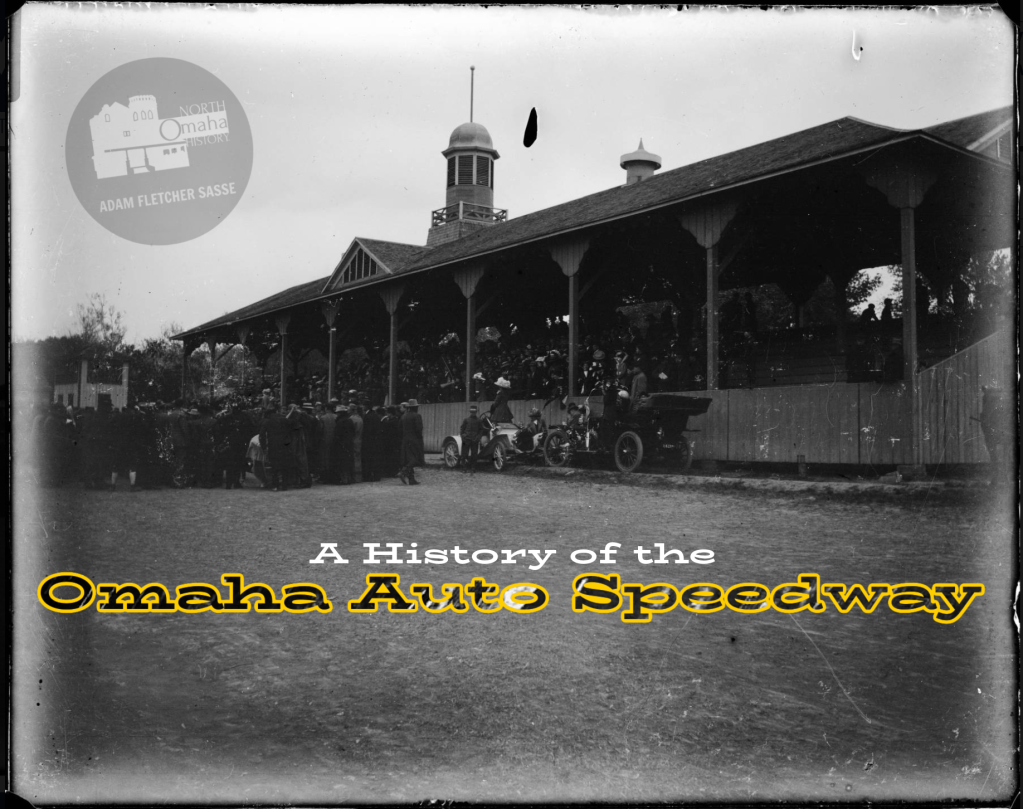
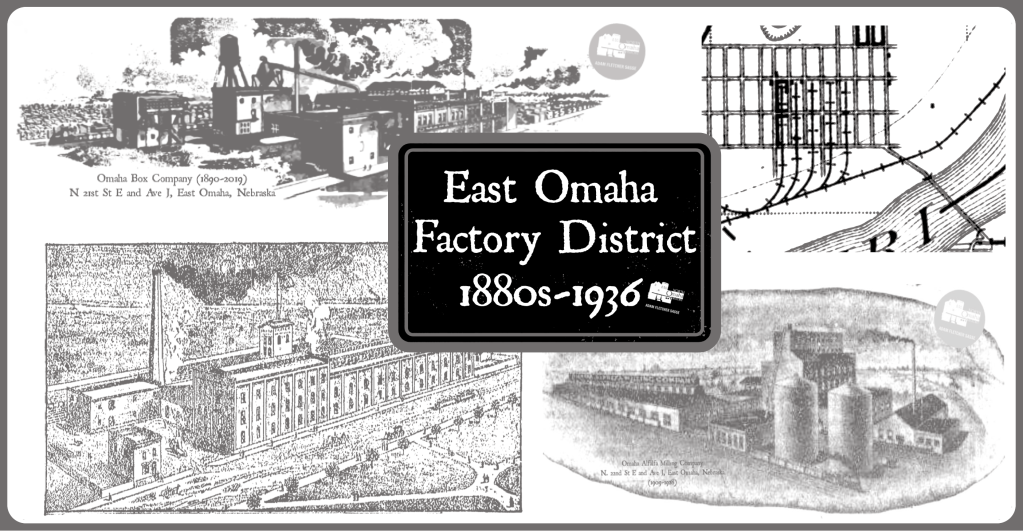
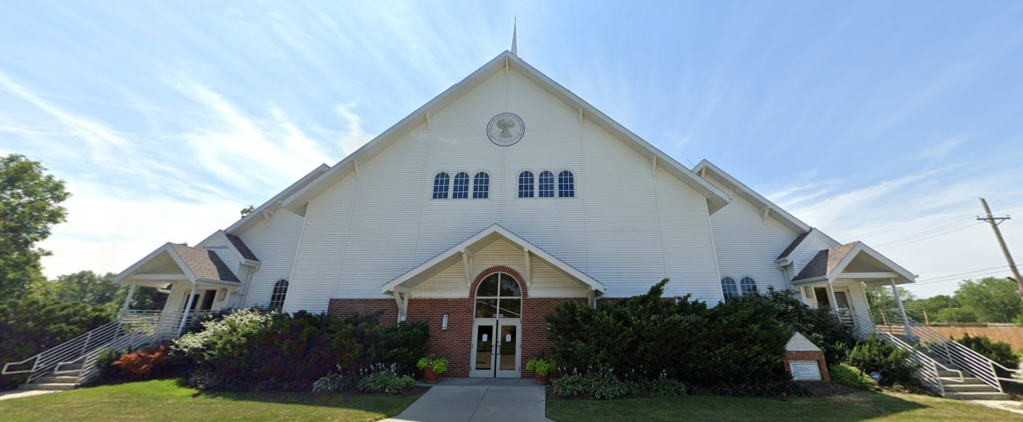
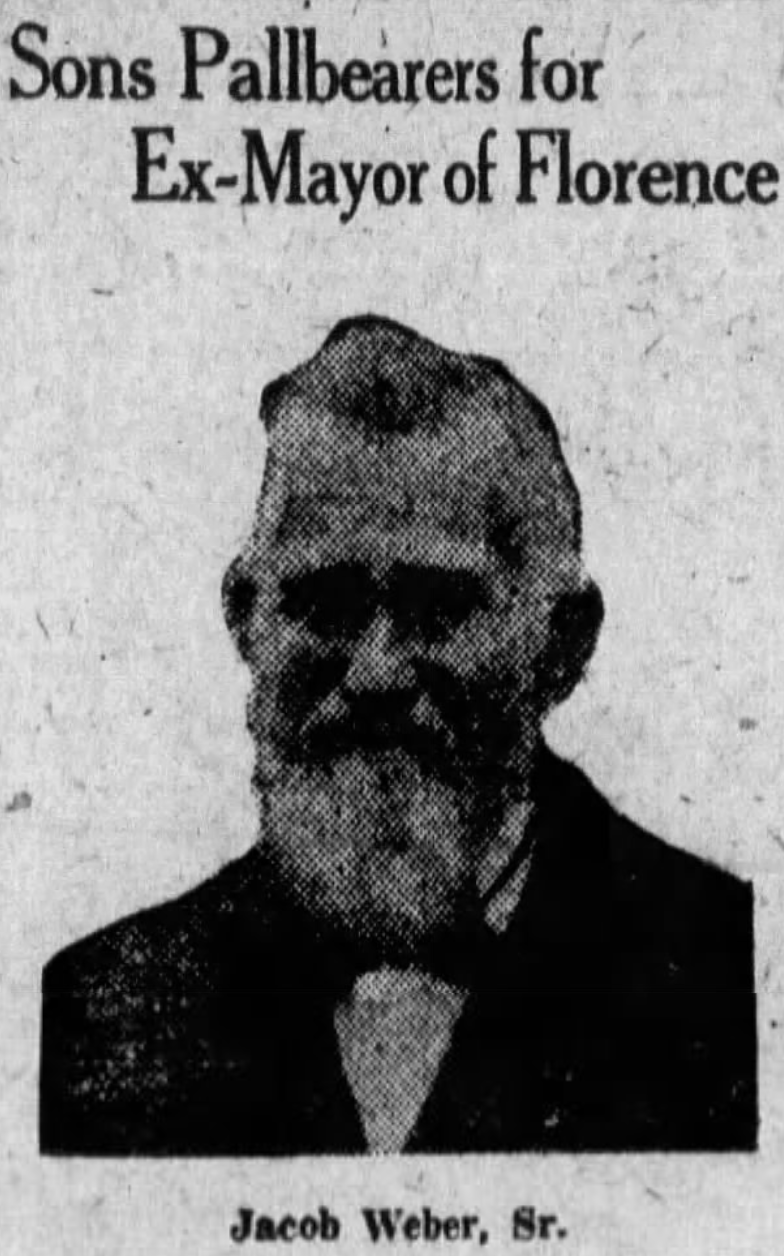
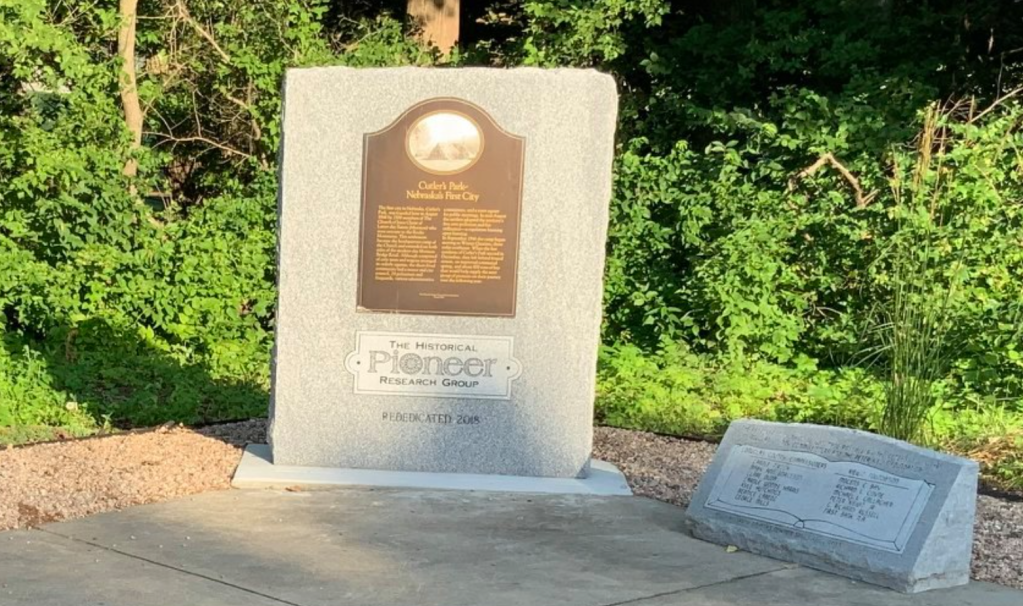
Leave a comment